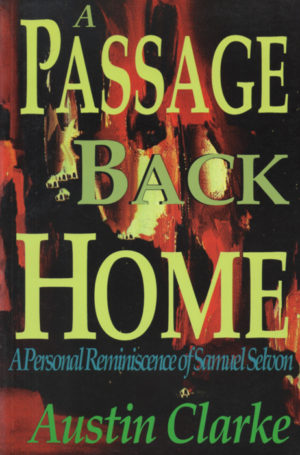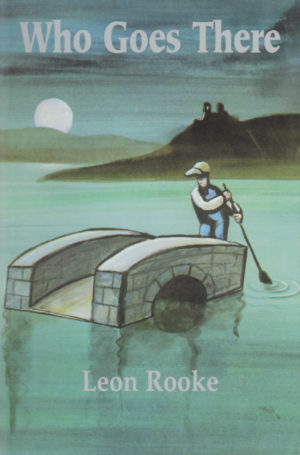Total Refusal/Refus Global
The Complete 1948 Manifesto of the Montréal Automatists
Translated by Ray Ellenwood
Out of Print (original 1998 edition). See Total Refusal, Exile Classics Series.
“Ray Ellenwood is a prize-winning translator whose knowledge of the period makes him a leading authority on the Automatists. Ellenwood’s style is lucid and fluent; he is equally skilled at translating the drama, poetry, and critical theory that appear here. This edition is beautifully crafted and includes historical and biographical notes as well as many period photographs.” —Books in Canada












